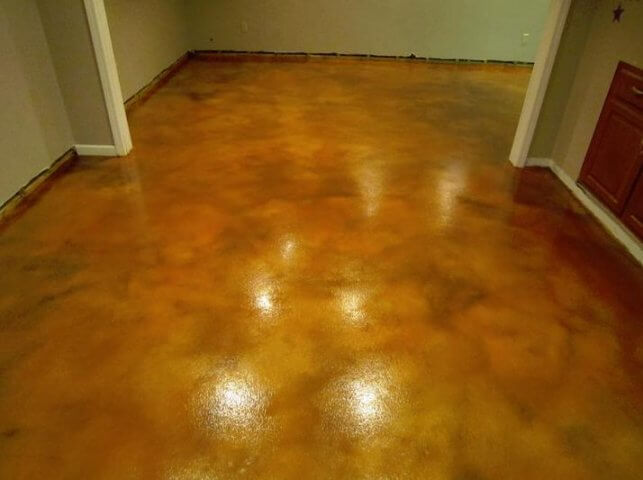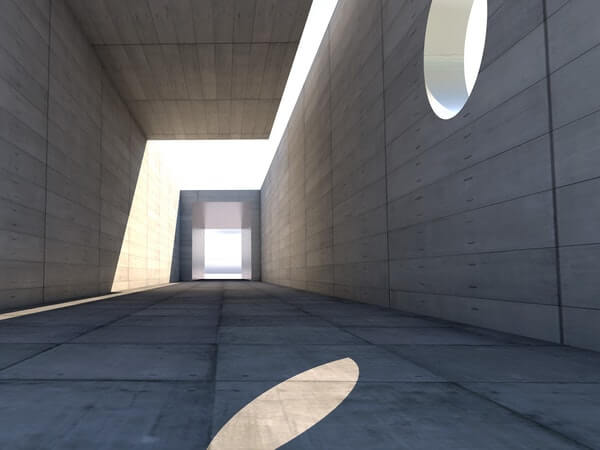
Concrete stains have been a staple in the decorative concrete industry, with acid-based stains being a standard go-to. However, you may have heard of water-based concrete stains as these have been gaining more clout as of late. These are becoming popular for both aesthetic and functional reasons. While acid-based stains are still continuously used in the market, water-based stains are becoming more commonly used today.
What are Water-based Concrete Stains?
A water based concrete stain would make use of water or acetone, which is mixed with pigment and polymer to create the color. Water-based stains have not been around as long as acid-based stains but have quickly gained a positive reception. The feedback is primarily due to the easy application and quick cleanup, but also many other benefits to using a water-based stain.
Benefits of Using Water-based Concrete Stains
A water-based concrete stain is typically available in a wide range of colors, which may be desirable to many people. There is also more versatility in the use of these stains as you can easily blend it with other colors. The opacity may be adjusted based on the amount of water used in the application of the stain. Therefore, if you’re going for a vibrant look, choosing a water-based stain may be a good option. These types of stains are also easier to apply and do not require additional steps after application. For example, acid-based stains still need to be neutralized after 24 hours of use. Water-based stains do not have to go through this step since there is no acid residue.
Another useful thing about water-based concrete stains is their corrective ability. If you accidentally apply too much of the stain in a particular area or make other mistakes in the application, you can quickly fix this. It’s essential to get yourself acquainted with the types of concrete stains if you intend to design your concrete floors. Water-based stains come with many advantages in different aspects, including low volatile organic compounds (VOCs), low odor, less reactivity, versatile color range, and simple application. Some manufacturers have also created water-based stains that are UV resistant, thus lasting a longer time.
Pre-Application and Post-Application
If you’re looking to give your home or driveway a new look, then you should consider using a water-based concrete stain. To ensure that you achieve the look you want, you have to pay close attention to two things: surface preparation before the application, and topcoat after the use.
-
Surface Preparation
You must prepare your concrete floor properly before applying any stain. Preparation involves looking out for any discoloration on the floor. It’ll also be helpful to look at any residue that may not have been cleaned up. If you fail to prepare your work area before applying your stain, you may end up with an unappealing or marked stain. You can test out your concrete by spraying water on it. If it darkens, then you can proceed with the application of the stain.
2. Topcoat
In using water-based concrete stains, you must not miss the final step of applying a topcoat. Choosing a topcoat will depend on different factors, such as the traffic that will reach the floor as well as the dirt that may come in contact with it. Applying the topcoat will allow your stain to remain intact and not quickly wear off over time. The topcoat will help preserve the beauty of your concrete, though you will still have to maintain this from time to time.

